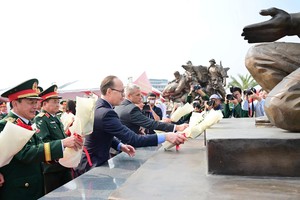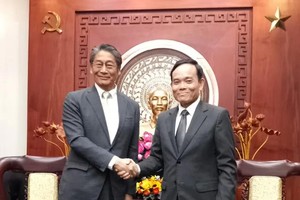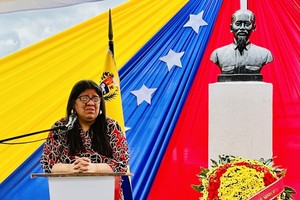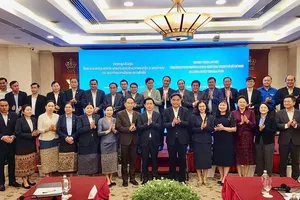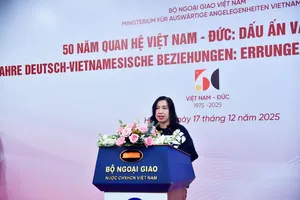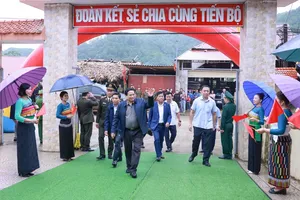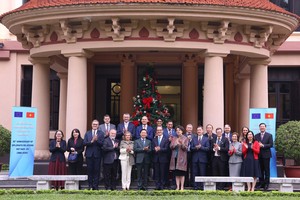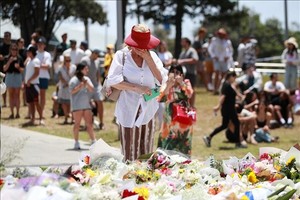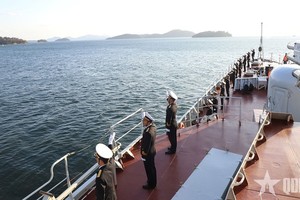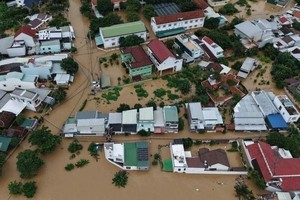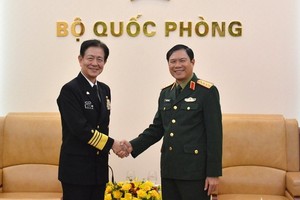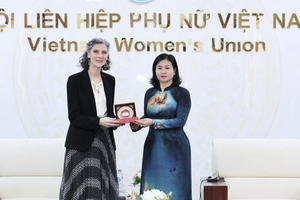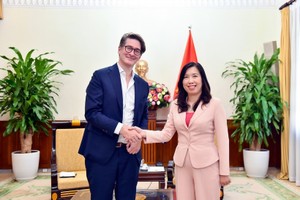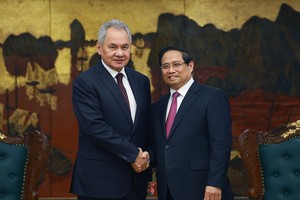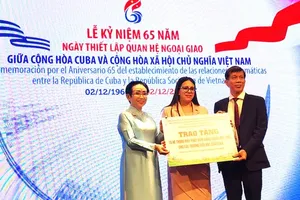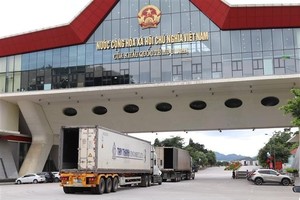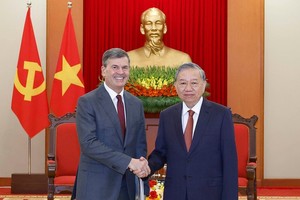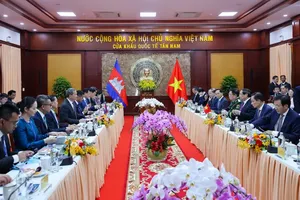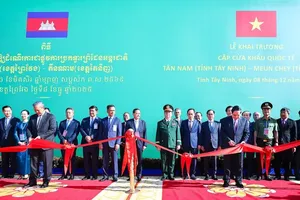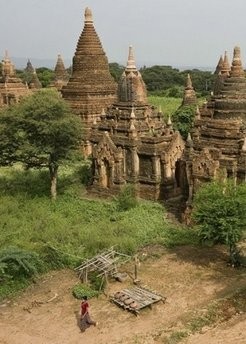
BAGAN, Myanmar, Jan. 8 (AFP) – Soaring high in a hot air balloon over Bagan in central Myanmar at sunrise, foreign tourists gasp in awe at a vast plain dotted with around 4,000 centuries-old temples.
Despite sights like these Myanmar remains one of the least visited nations in Asia, as many operators and holidaymakers take their money elsewhere so that it doesn't end up lining the pockets of the country's military rulers.
But others argue that it is possible to explore the country with a clear conscience in spite of concerns over the junta's rights abuses, imprisonment of dissidents and use of forced labour.
"If nobody came here, there would be more poverty than there is now, I guess, so I don't actually have a problem coming here. It doesn't mean that I support the system," said Dirk, a Belgian tourist in Bagan.
Yasmin, a German visitor, said she wanted to "build up my own idea of the situation here".
"I came on the premise that, as far as possible, I wouldn't stay anywhere state-owned but would try to stick to private businesses, to stay in privately run guesthouses and to have contact with local people, as long as that didn't put them at risk," she said.
Last year, just 230,000 foreigners arrived at Yangon airport, more than half of them tourists, according to an official estimate. The figure was up from the 177,018 who arrived in the previous year but around the same as 2007.
The biggest groups of tourists come from Thailand, China and Japan, drawn by wonders such as Yangon's gold-covered gilded Shwe Dagon pagoda and stunning Inle Lake with its mountains and stilt villages.
By comparison, neighbouring Thailand drew an estimated 14 million tourists in 2009.
Calls by rights groups and some western governments for a visitor boycott grew louder after the regime launched a bloody crackdown on huge pro-democracy protests led by Buddhist monks in September 2007.
Thousands of people were arrested after the demonstrations and many received long jail sentences.
One of them was comedian Par Par Lay.
He got out after a month, after his third time behind bars, and while his troupe of performers, the Moustache Brothers, is banned from performing in public, it keeps its nightly shows going for tourists.
"Tourists come -- you know what is happening here," said Lu Maw, another member of the troupe, before a show in Mandalay, the country's second biggest city.
A group of 10 mainly Western tourists watches the mix of crude slapstick and bizarre puppetry, the performers swathed in gaudy costumes and daubed with makeup.
"Tourist's camera, tourist's eye, tourist's ear. That's what we need!" says Lu Maw.
However, with elections promised by the regime later this year, the situation is showing signs of gradual change.
Detained opposition leader Aung San Suu Kyi last year wrote to reclusive junta leader Than Shwe offering suggestions on getting Western sanctions lifted after years of advocating punitive measures against the generals.
In August she reportedly eased her earlier objections to tourism, on the grounds that increased contact with foreigners would help ease the regime's grip over the impoverished nation.
"Myanmar (the regime) doesn't want to have contact with Westerners. By boycotting the country, in fact we only reinforce the opinion in Myanmar that Myanmar must be kept separate from the rest of the world," said Jacques Ivanoff of the Research Institute on Contemporary Southeast Asia in Bangkok.
A painting seller in Bagan living in a one-roomed hut near the temple ruins said a boost in tourism would help the economy.
"We need tourists here. The government gets only 10 dollars for the entrance fee. But we get money from tourists in hotels, restaurants and by selling things," said the man, speaking on condition of anonymity.
But the junta remains wary of opening up the country to the eyes of tourists. Much of Myanmar remains off-limits, particularly its sensitive border areas largely inhabited by minority ethnic groups.
Visitors therefore tend to see the same handful of sites, leaving most of Myanmar's people untouched by tourism.
"Here we don't benefit because tourists don't come here. They go straight past our village. It's just the government who benefits," said a fisherman in a village near Yangon.
